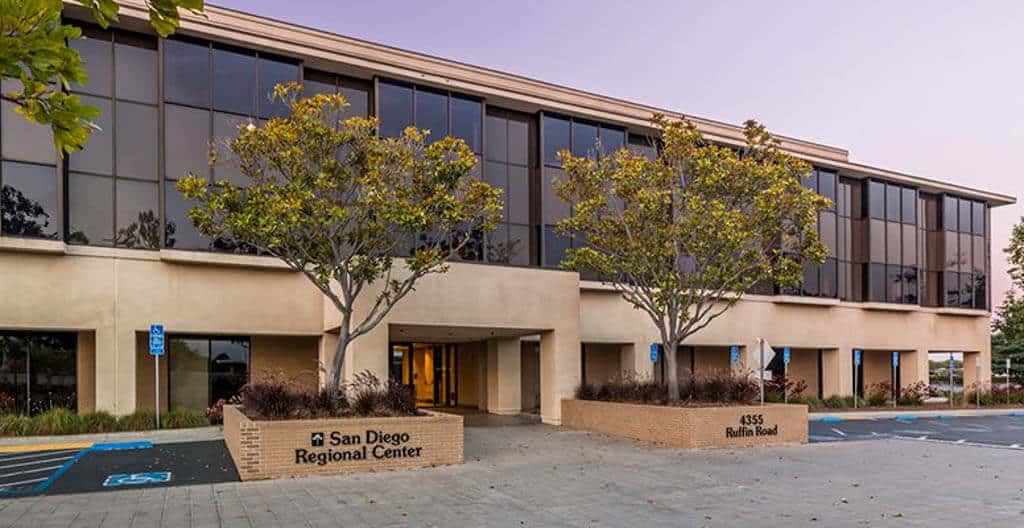Case Study
How the San Diego Regional Center Reduced Costs With Online Forms and eSignatures
Overview
For the San Diego Regional Center (SDRC), caring for its community, cost-effectively, is top-of-mind. According to Chief Information Officer, Seth Mader, the SDRC serves approximately 30,000 individuals with developmental disabilities in their community. Service includes individual assessments; development and service coordination of a program plan for individuals; and purchase of services for persons needing help.
This extensive support was generating extensive paperwork, especially documentation for enrollment in the Individual Program Plan (IPP). To better organize the paperwork that was flowing through the SDRC daily, and to scale back on unnecessary costs, Seth Mader and his team decided to find a digital solution.
“About 10 years ago we started scanning all paperwork and folders into our system to reduce the amount of paper we had to process and store,” said Mader. “Then about three years ago, the state of California deemed eSignatures legal. That gave us the green light to find a mobile-friendly platform that would allow our field employees to start collecting IPP forms digitally, while continuing to decrease the amount of paperwork we were collecting and processing.”
San Diego Regional Center, CA
Seth Mader
Chief Information Officer

GovOS Solutions
Individuals Served by SDRC
30,000 with developmental disabilities
Projects Launched
2019
Eliminating $75,000 in Overhead
Historically, SDRC’s social workers had to collect enrollment forms in triplicate, which meant:
- Signing a three-page carbon paper
- Giving a copy to the client
- Giving a copy to the service provider
- Keeping a copy to bring back to the office for filing
The process was labor intensive. On top of that Mader says, “Sometimes workers would forget to bring the paper form with them into the field. When that would happen, they’d write down a client’s information on another sheet of paper, bring that back to the office with them, complete the form at their desk, and mail the paperwork to the parties involved.”
Mailing paperwork was a less-than-optimal customer experience, and it was adding to SDRC overhead costs. Mader estimated that social workers forgetting forms in the field was costing the SDRC up to approximately $75,000 a year:
“We knew the decision to digitize some of our processes would be a big change for our employees—social workers are people people, and not always tech people,” said Mader. “But with the IPP form, it was a no-brainer. Everyone saw right away how this would improve the working lives of our employees, which would also improve the experience for the people we serve. And all of that would help us serve even more people who need our help.”
eSignatures are a Helpful Tool for SDRC
Mader and his team tested a few other solutions before settling on GovOS Studio (formerly SeamlessDocs). “We’re a California state subcontractor that operates solely on taxpayer dollars, so we have to vet every platform carefully and try to get the most functionality at the lowest cost,” said Mader. “In GovOS Studio we found a platform that checked all of our boxes at a very competitive price point.”
With GovOS Studio in place, social workers now only need to bring an iPad with them to gather necessary documentation. These iPads are loaded with SDRC’s proprietary software, with a GovOS Studio form as the user interface. This form can be pre-populated with known data to make the process even faster. Once the social worker hits submit, a copy of the signed paperwork is immediately emailed to the client and service provider, and sent directly into SDRC digital records.
“It’s worth noting that we eliminated an entire manual step on our backend too,” said Mader. “Before, a social worker hand-delivered paper submissions to a member of our support staff. That support person would then scan in that paperwork before sending it to the records department to be filed. Because each submission goes directly to our records department now, we’ve freed up a big chunk of time for our support staff. Now they have more time to work on bigger and better projects!”

Results with GovOS Studio
So, is it working? In just two months the SDRC processed over 600 submissions across three form types. For Mader though, it’s more about the quality of the experience than the quantity of form submissions. “The IT team has received a lot of ‘thank you’s’ from the staff, and that means a lot to us.
We also noticed that we get a lot of questions about the forms now. That’s to be expected because more people are using them, but it also means that the forms make it clear who to contact with questions, and that’s also a big improvement for us. All-in-all, GovOS Studio has performed as expected, so we’re beginning to roll it out to all of our 432 social workers.”
Mader says finding ways to save money for the agency is incredibly important. Each time they save money, those funds can be put back into other aspects of SDRC to keep programs and workers running as smoothly as possible for the community.
For more information about GovOS Application Studio, visit govos.com/products/application-studio/
Want to learn more about what GovOS has to offer?


